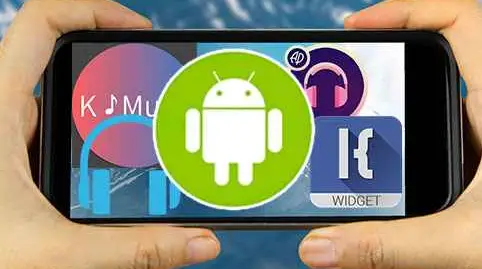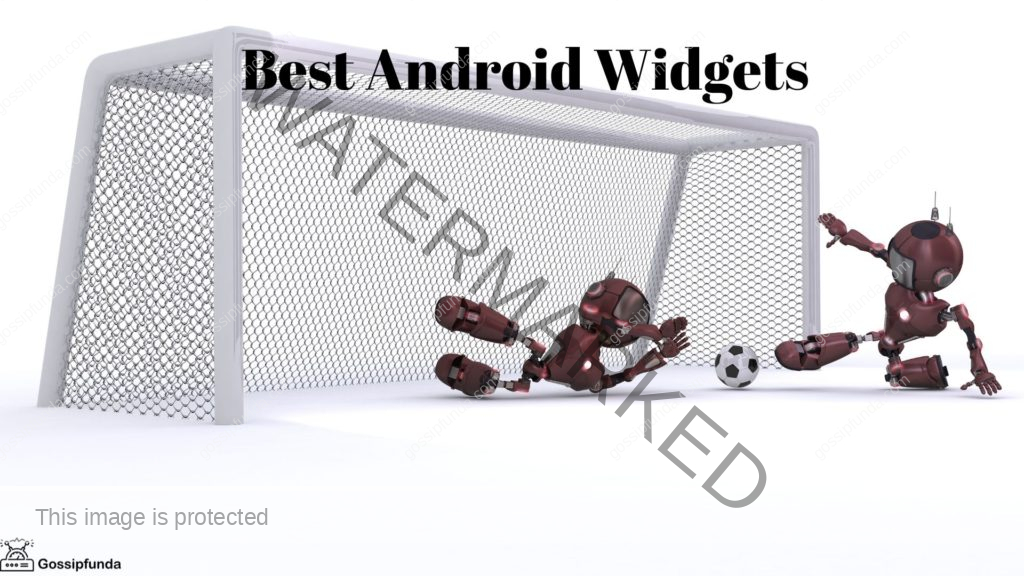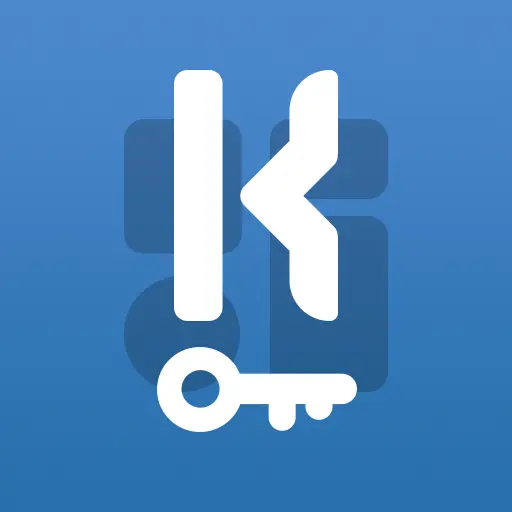What is a widget? What are the uses of widgets in android phones? How can widgets be customized? Best apps that can help in the customization of widgets in android phones. This article gives you a prologue to what widgets are, how they can be useful for android phones, how to customize explicit widgets, and different kinds of widgets available for use.
What are Widgets?
Widgets are a fundamental part of home screen customization. You can envision them as “initially” perspectives on an application’s most vital information and usefulness that is open right from the client’s home screen. Clients can move widgets over their phone’s home screen boards, and, whenever upheld, resize them by the measure of data inside a widget according to their inclination.

Widgets initially showed up in Android in adaptation 1.5, and indeed picked up footing on account of HTC’s Sense-seasoned form of the working framework. Preceding the arrival of the HTC, widgets were practical, however quite insipid in appearance. From that point forward, the manufacturers of phones and autonomous software engineers and developers have done some glorious things with widgets, and it’s challenging to envision utilizing Android without them.
Android widgets come in various shapes and sizes and they range from the useful 1-by-1 or full-page widgets that overwhelm us with the sight to behold. These two sorts of widgets are valuable and can be seen frequently on the home screens of any Android telephone. Consider a full-screen climate widget for later-models of Android phones. You can see things like figures and climate information for different urban communities. At the opposite finish of the range, a 1×1 WiFi widget opens the WiFi settings when squeezed. Both are exceptionally helpful.
Most Android telephones accompany a bunch of implicit widgets. Some adaptations of Android offer more than others, yet the common widgets like a clock, schedule, or bookmarks are usually all around. It is only an overview. However, a brisk look into the Android Market will stun you with the gigantic index of outsider widgets accessible, with something that suits pretty much every taste. As more current and better APIs are being added to Android with each new launch, there will consistently be more new spaces for the widgets.

Don’t Miss: Android system webview
Widget types
As you start arranging your widget, consider what sort of widget you’re attempting to fabricate. Widgets ordinarily can be categorized as one of the accompanying classifications:
- Information widgets:
Information widgets commonly show a couple of critical data components that are imperative to a client and track how that data changes after some time. Genuine models for data widgets are climate widgets, clock widgets, or sports score trackers. Contacting data widgets commonly dispatches the related application and opens a detail perspective on the widget data.
- Assortment widgets:
As the name infers, assortment widgets practice on showing significant number components of a similar sort, for example, an assortment of pictures from an exhibition application, a variety of articles from a news application, or an assortment of messages/messages from a correspondence application. Assortment widgets typically centre around two use cases: perusing the variety, and opening a component of the assortment to its detail see for utilization. A vertical scroll is possible in Assortment Widgets.
- ListView widget
- GridView widget
- Control widgets
The primary reason for a control widget is to show frequently utilized capacities that the client can trigger right from the home screen without opening the application first. Consider them remote controls for an application. A run of the mill case of control widgets is music application widgets that enable the client to play, respite or skip music tracks from outside the actual music application.
Connecting with control widgets could conceivably advance to a related detail see if the control widget’s capacity created an informational collection, for example, on account of an inquiry widget.
- Half and half Hybrid widgets
While all widgets will, in general, float towards one of the three kinds portrayed above, numerous widgets in all actuality are half breeds that consolidate components of various sorts.
With the end goal of your widget arranging, revolve your widget around one of the base kinds and include components of different sorts if necessary.
A music player widget is a control widget, yet besides keeps the client educated about what track is presently playing. It joins a control widget with components of a data widget type.
Widget constraints
While widgets could be comprehended as “little applications,” there are certain constraints that are critical to an understanding before you begin to set out on planning your widget:
- Motions
Since widgets live on the home screen, they need to exist together. This restricts the motion bolster that is accessible in a widget contrasted with a full-screen application. While applications, for instance, may bolster a view pager that enables the client to explore between screens horizontally, that signal is as of now taken on the home screen to explore between home boards.
The main signals accessible for widgets are:
- Contact
- Vertical swipe
- Components
Given the above cooperation confinements, a portion of the UI building hinders that depend on limited motions are not accessible for widgets. For a total rundown of bolstered constructing squares and more data on design limitations, if it’s not too much trouble allude to the “Making App Widget Layouts” segment in the App Widgets API Guide.
Design and Structure guidelines:
- Widget content
Widgets are an extraordinary instrument to draw in a client to your application by “promoting” new and fascinating substance that is accessible for utilization in your application.
Much the same as the secrets on the first page of a paper, widgets ought to solidify and focus an application’s data and afterwards give an association with more extravagant details inside the app. As a primary concern, consistently ensure that your application shows more insight regarding a data thing than what the widget as of now shows.
- Navigation Widget
Other than the unadulterated data content, you ought to likewise consider to balance your widget’s contribution by giving route connects to now and again utilized zones of your application. This lets clients complete assignments faster and expands the useful reach of the application to the home screen.
High possibility for route connects to surface on widgets are:
- Generative capacities: These are the capacities that enable the client to make new substances for an application, for example, making another archive or another message.
- Open application at the top level: Tapping on a data component will generally explore the client to a lower level detail screen. Giving access to the high degree of your application provides more route adaptability. It can supplant a devoted application alternate way that clients would some way or another utilization to explore to the app from the home screen. Utilizing your application symbol as an affordance can likewise give your widget a distinct personality on the off chance that the information you’re showing is uncertain.
- Widget resizing
With adaptation 3.1, Android acquainted resizable widgets with the stage. Resizing enables clients to modify the tallness or potentially the width of a widget inside the limitations of the home board position network. You can choose if your widget is openly resizable or on the off chance that it is obliged to even or vertical size changes. You don’t need to help to resize if your specific widget is naturally fixed-size.

Widgets have significant advantages:
They can adjust how a lot of data they need to see on every widget.
They can all the more likely impact the format of widgets and alternate ways on their home boards.
A long press and ensuing discharge set resizable widgets into resize mode. Clients can utilize the drag handles or the widget corners to set the ideal size.
Arranging a resize technique for your widget relies upon the sort of widget you’re making. Rundown or framework based assortment widgets usually is bright because resizing the widget will substantially grow or get the vertical looking over the zone. Notwithstanding the widget’s size, the client can even now look over all data components into seeing. Data widgets then again require more involved arranging since they are not scrollable, and every substance ha to fit inside a given size. You should progressively modify your widget’s substance and design to the extent the client characterized through the resize activity.
In this basic model, the client can, on a level, plane resize a climate widget in 4 stages and uncover more extravagant data about the climate at the immediate area as the widget develops.
For every widget, size, decide the amount of your application’s data should surface. For littler sizes, focus on the fundamentals and afterward include increasingly logical data as the widget develops on a level plane and vertically.
Format contemplations
It will be enticing to format your widgets as indicated by the components of the position lattice of a specific gadget that you possess and create with. This can be a valuable starting guess as you format your widget, yet remember the accompanying:
The number, size, and dividing of cells can shift broadly from gadget to gadget, and henceforth it is significant that your widget is adaptable and can oblige pretty much space than foreseen.
Indeed, as the client resizes a widget, the framework will react with a display picture size range in which your widget can redraw itself. Arranging your widget resizing procedure across “size cans” as opposed to variable lattice measurements will give you the most dependable outcomes.
Widget setup
Here and their widgets should be arranged before they can get help. Think about an email widget, for instance, where you have to give a record before the inbox can be shown. Or then again, a static photograph widget where the client needs to relegate the image that will be shown from the exhibition.
Android widgets show their setup decisions directly after the widget is dropped onto a home board. Keep the widget design light and don’t present more than 2-3 arrangement components. Use discourse style rather than full-screen exercises to show setup decisions and hold the client’s setting of the spot, regardless of whether doing so requires the utilization of numerous exchanges.
When arrangement, there commonly isn’t a great deal of motivation to return to the settlement. Along these lines, Android widgets don’t show an “Arrangement” or “Setup” button.
Conclusion:
Gossipfunda hopes that after reading this article, all the doubts regarding widgets and what kind of widgets should be chosen have been solved. If you anybody who is still confused about widgets, then share them this article.
I am Pratyusha G, pursuing B.Tech, Computer Science from ITM University, Gwalior.
I am currently in my last year of graduation.
When it comes about technical skills, I would say I am a tech geek.
I love reading about new topics everyday and surfing the internet in my past time is my favourite thing to do.
My hobby is sketching and I usually make human portraits.
I have a good knowledge and skillset in programming; I am comfortable with languages C, C++ and Java.
Apart from coding I have done specialisation in Cyber Forensics.
Talking about my proficiency in English, I think I am fluent enough to stand out in a crowd. I love jotting down things I read. I have a successful research paper published in IEEE.
Talking about my positivities I would say, I am very patient and calm even when it comes to working under pressure.

